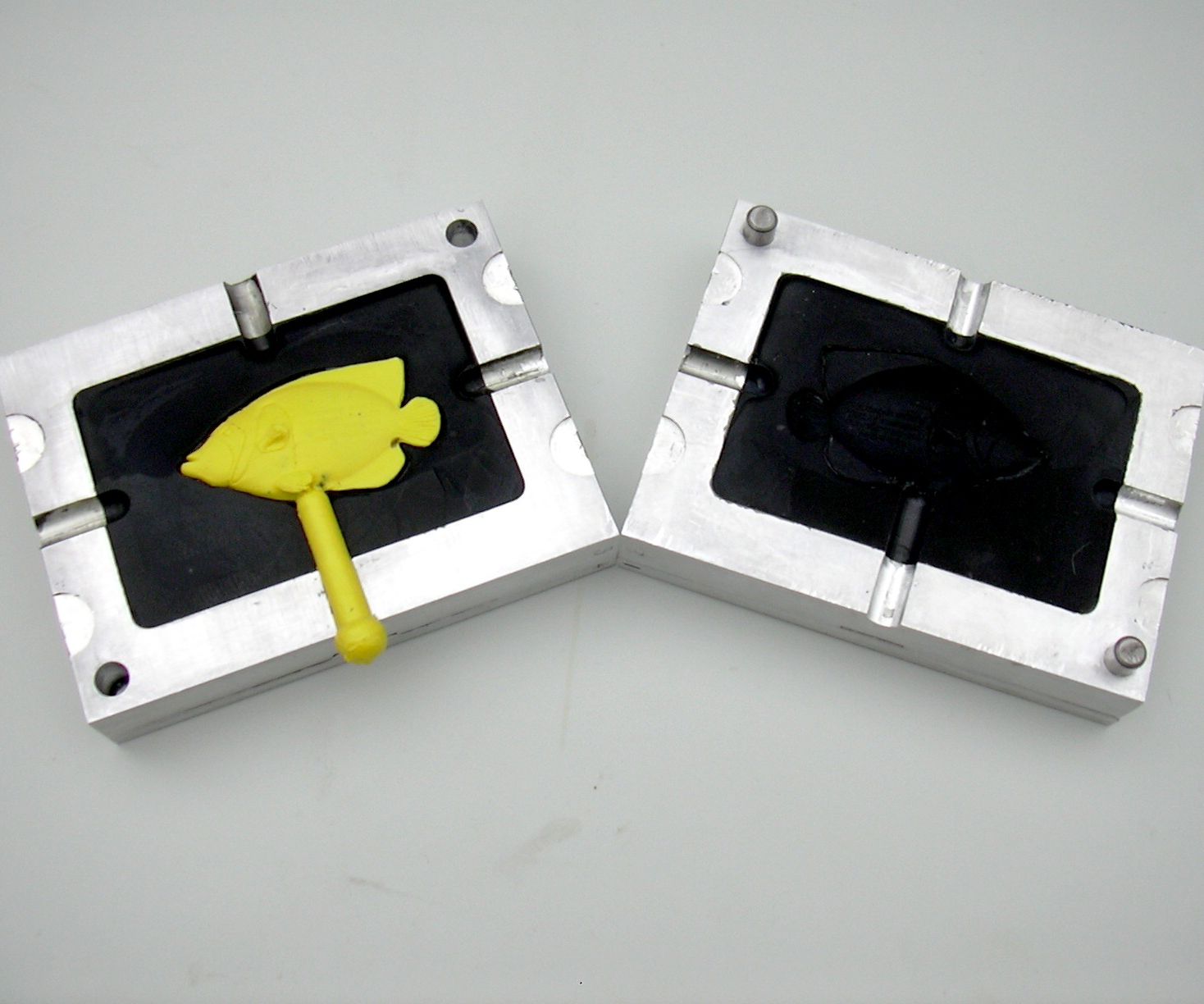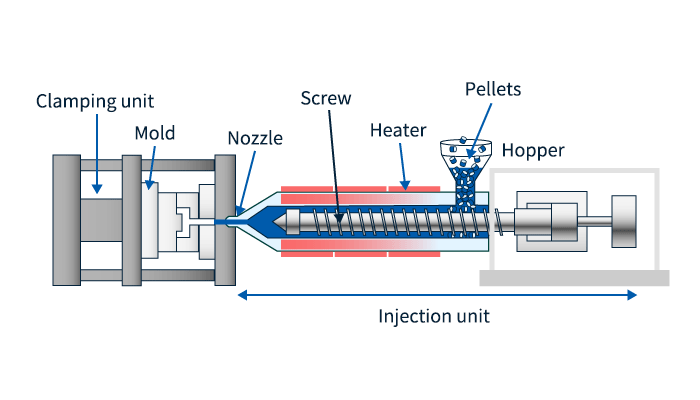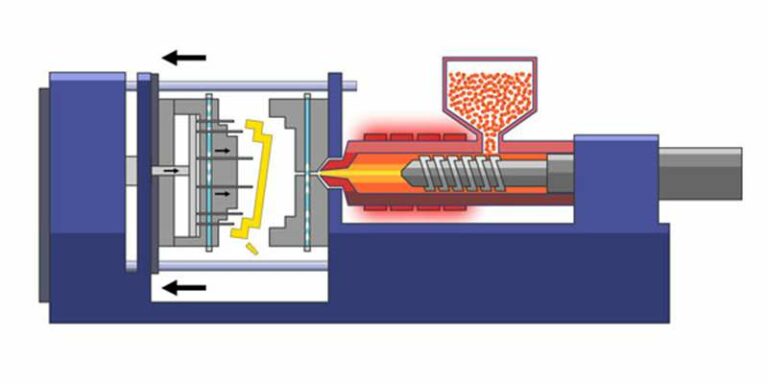The Role of Plastic Injection Molding in Developing Cost-efficient Industrial Parts
The Role of Plastic Injection Molding in Developing Cost-efficient Industrial Parts
Blog Article
The Future of Plastic Injection Molding: Technologies and trends to View
As the plastic injection molding market advances, numerous key trends are emerging that guarantee to reshape its landscape. Automation and wise production techniques are established to boost productivity, while the change in the direction of sustainable products reflects an expanding environmental awareness. Furthermore, developments in 3D printing are paving the method for unprecedented style versatility. Nevertheless, these developments likewise come up with difficulties that need cautious consideration. Comprehending exactly how these elements will certainly connect and affect future methods is important for stakeholders wanting to navigate this transformative duration successfully.
Automation and Smart Production
As the plastic injection molding industry progresses, automation and wise production are taking spotlight, transforming manufacturing processes - Plastic Injection Molding. The assimilation of sophisticated technologies such as robotics, IoT (Net of Things), and expert system is making it possible for makers to enhance effectiveness, reduce functional costs, and enhance item high quality. Automated systems simplify process, decreasing hands-on treatment and increasing throughput, which is crucial in meeting the increasing need for rapid manufacturing cycles
Smart manufacturing innovations promote real-time monitoring and information evaluation, allowing business to maximize device efficiency and forecast maintenance requirements. This aggressive approach not only lessens downtime yet also prolongs the life-span of equipment. Furthermore, using joint robots, or cobots, enhances the versatility of assembly line, allowing machines and workers to operate side-by-side securely and successfully.
The adoption of automation in plastic injection molding is not merely a fad but a tactical essential for services aiming to stay competitive in a worldwide market. By taking advantage of these modern technologies, suppliers can attain greater precision, decrease waste, and adapt swiftly to changing customer needs, placing themselves for lasting development in a progressively automatic future.
Sustainable Materials and Practices
The press in the direction of automation and clever production has led the way for a better focus on lasting materials and practices within the plastic shot molding sector. Business are progressively seeking eco-friendly choices to standard petroleum-based plastics, causing the adoption of bio-based and recycled products. These sustainable materials not just decrease environmental influence however also straighten with customer demand for greener items.

In addition, cooperation in between manufacturers, product suppliers, and ecological companies is cultivating technology in the growth of lasting products that satisfy efficiency requirements without jeopardizing quality. As regulations around plastic usage come to be more stringent, the sector is positioned to adapt by embracing these sustainable strategies, making certain lasting feasibility and minimizing reliance on non-renewable resources. The assimilation of sustainability right into plastic injection molding is not merely a fad; it is coming to be a necessary element of corporate duty and functional excellence.
Advances in 3D Printing
Current improvements in 3D printing innovation are significantly changing the landscape of plastic injection molding. The integration of additive production processes allows for the quick prototyping of complicated geometries that were difficult or when challenging to accomplish through typical techniques - Plastic Injection Molding. This ability not just accelerates item development cycles but additionally lowers material waste, lining up with the growing need for lasting manufacturing practices
Furthermore, the appearance of crossbreed production methods, which integrate 3D printing and injection molding, supplies suppliers the capability to produce complex styles while preserving the efficiency of mass production. This approach makes it possible for the production of personalized parts customized to particular consumer demands without sacrificing the rate and scalability that shot molding supplies.
Additionally, developments in products, such as high-performance polymers and composites particularly designed for 3D printing, are improving the functional capabilities of printed components. These products can endure greater tension and exhibit enhanced thermal homes, making them appropriate for even more demanding applications.
As 3D printing remains to develop, its assimilation right into plastic shot molding procedures promises to improve performance, lower prices, and foster development in product style, placing suppliers to much better fulfill the challenges of an affordable market.
Data Analytics and IoT Combination
Information analytics and the assimilation of the Internet of Points (IoT) are revolutionizing plastic injection molding by giving producers with extraordinary insights into their procedures. By leveraging real-time information gathered from interconnected devices and sensing units, producers can check performance metrics, determine inefficiencies, and optimize manufacturing procedures. This data-driven approach facilitates predictive upkeep, lowering downtime and extending tools life-span.
In addition, IoT assimilation enables improved quality assurance. By continually tracking variables such as pressure, cycle, and temperature level times, makers can promptly detect inconsistencies from established criteria and make modifications in genuine time. This not just enhances item consistency however additionally lowers waste and scrap prices.
The combination of information analytics and IoT modern technologies also empowers makers to embrace even more nimble manufacturing strategies. With access to thorough information analytics, companies can respond to market demands with better versatility, readjusting manufacturing routines and arrangements as required. This versatility is crucial in a quickly transforming manufacturing landscape.

Personalization and Style Flexibility
How can modification and style versatility enhance the competitiveness of plastic injection molding? Customization allows manufacturers to fulfill certain client needs, fitting special dimensions, forms, and Click Here capabilities that conventional items might not accomplish.
Advancements in design innovations, such as computer-aided style (CAD) and quick prototyping, additional bolster this fad. These devices allow developers to produce complicated geometries and detailed patterns, which can be seamlessly integrated right into the manufacturing process. As a result, makers can respond swiftly to transforming consumer preferences and market needs.
Furthermore, the execution of modular tooling systems improves layout flexibility, allowing for quicker adjustments in between different product designs without extensive downtime. This flexibility can lead to decreased lead times and lower manufacturing expenses, making firms a lot my blog more active and competitive. Eventually, welcoming personalization and design adaptability in plastic injection molding not just elevates item offerings but also enhances market positioning in an ever-evolving landscape.
Verdict
The future of plastic shot molding is characterized by considerable improvements in automation, lasting practices, and innovative materials. The integration of IoT and information analytics will improve functional effectiveness and anticipating upkeep. The fostering of recycled and bio-based materials, alongside development in 3D printing, will cultivate sustainability within the sector. Modification through modular tooling and rapid prototyping will certainly allow makers to continue to be responsive and competitive to the vibrant demands of the marketplace.

The future of redirected here plastic shot molding is characterized by significant improvements in automation, lasting techniques, and innovative products.
Report this page